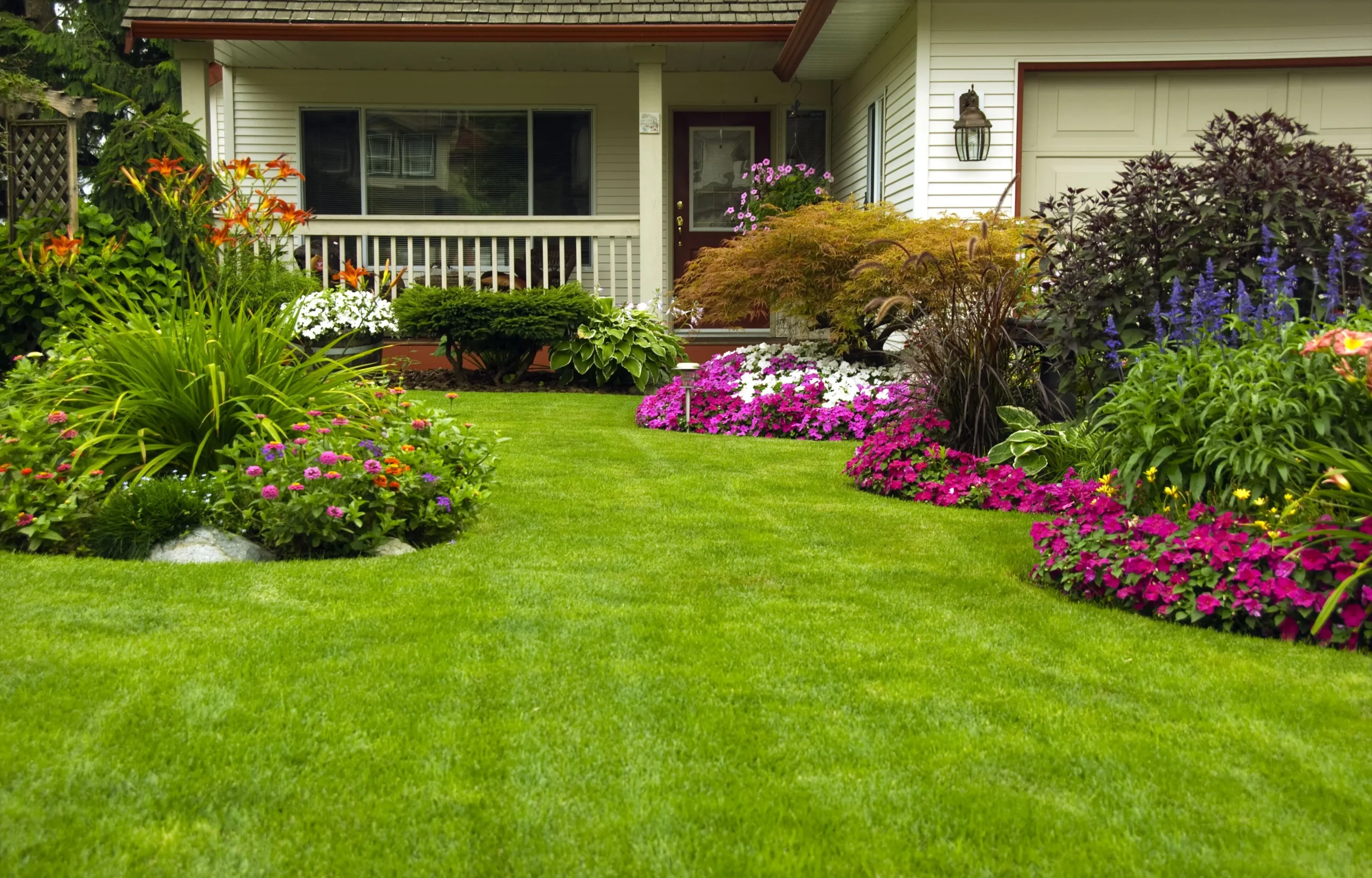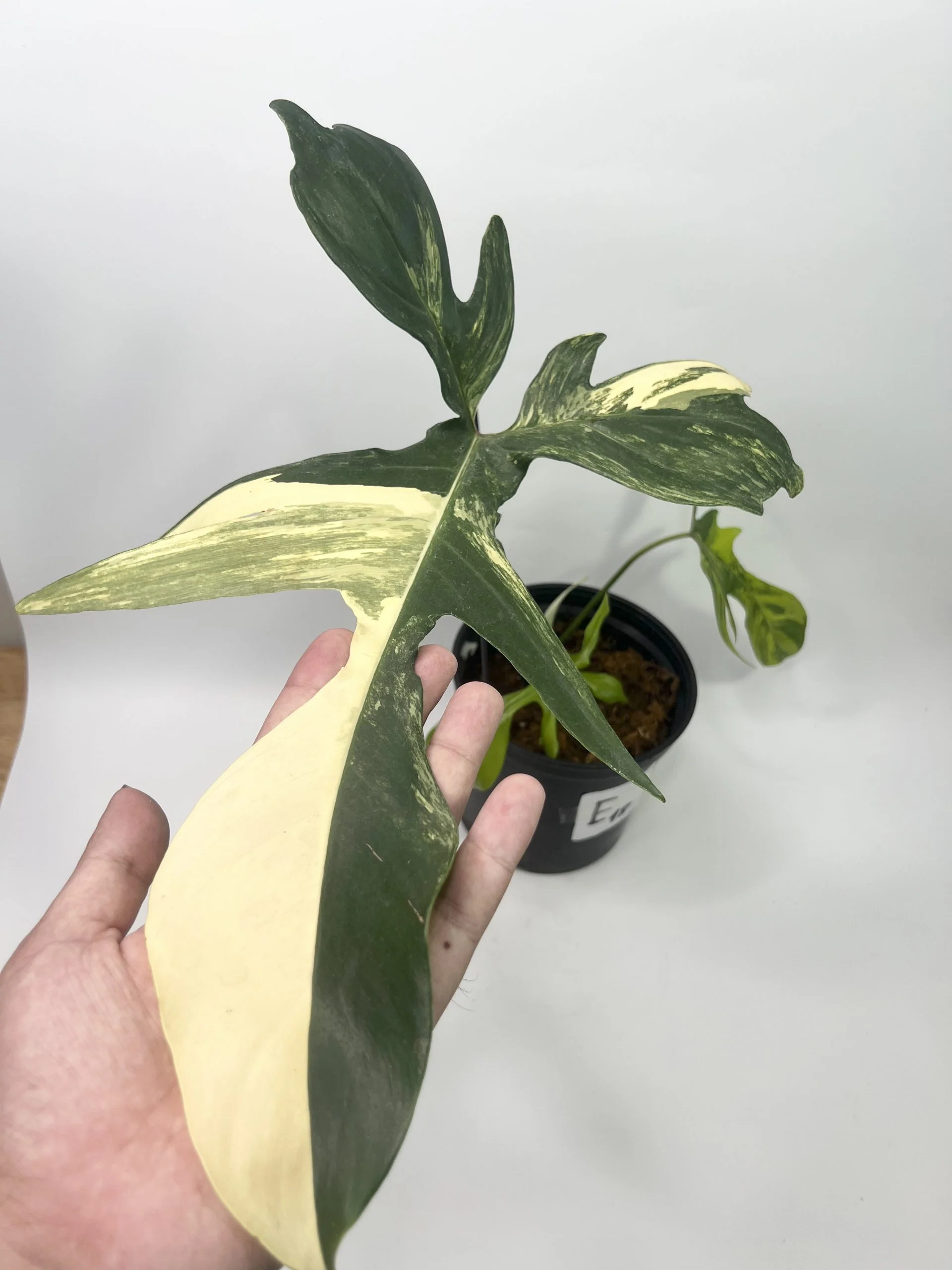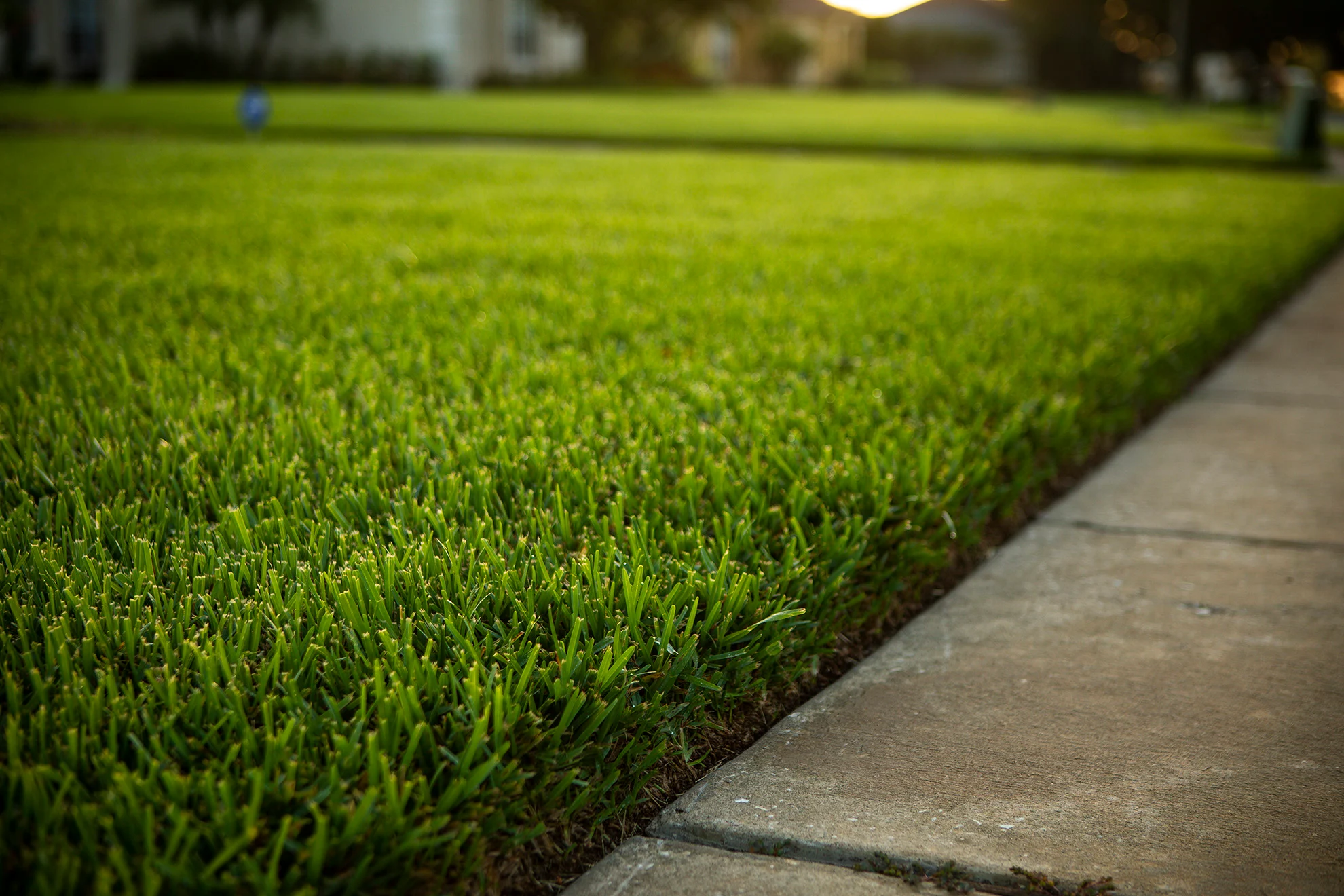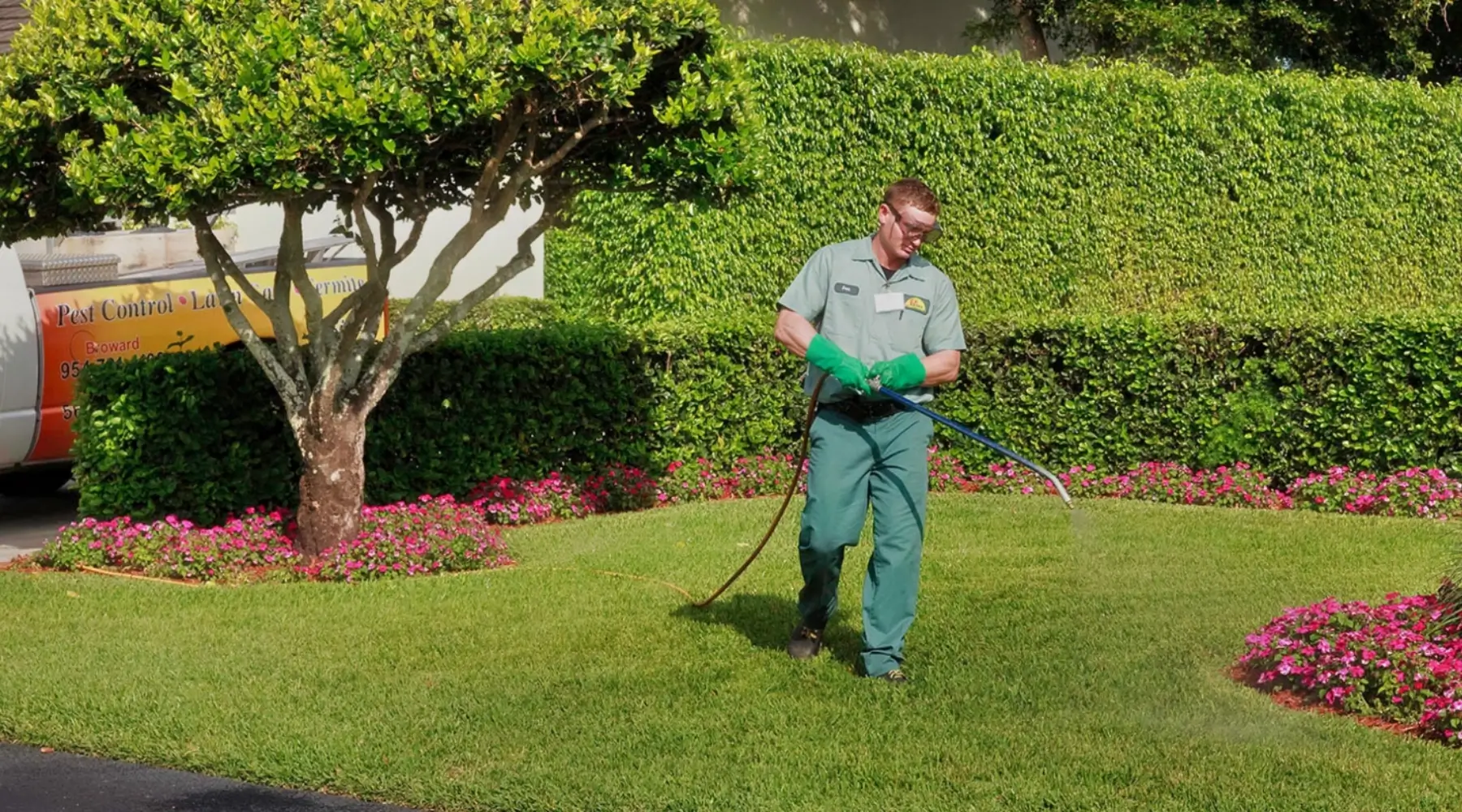Taking care of your lawn in South Florida can be a bit different from lawncare in other parts of the country. The unique climate and soil conditions here mean that you’ll need specific strategies to keep your lawn looking its best. If you’re new to South Florida or just want to up your lawncare game, you’ve come to the right place. In this guide, we’ll cover everything you need to know about South Florida lawncare, from choosing the right grass to understanding the best watering practices.
Understanding South Florida’s Climate and Soil
Before diving into lawncare tips, it’s essential to understand South Florida’s climate and soil conditions. This region is known for its warm, tropical climate, which means it experiences high temperatures and high humidity throughout the year. Additionally, South Florida has sandy soil, which can drain water quickly. These factors play a significant role in how you should care for your lawn. Also read The Ultimate Guide to South Florida Lawncare Tips and Tricks for a Lush, Green Yard
Climate Considerations
South Florida has a tropical climate with two distinct seasons: the wet season and the dry season. During the wet season, which typically lasts from May to October, you can expect heavy rainfall and high humidity. On the other hand, the dry season, from November to April, brings cooler temperatures and less rain. Understanding these patterns will help you adjust your lawncare routine accordingly.
Soil Type and Drainage
The sandy soil in South Florida drains quickly, which can be both an advantage and a challenge. On one hand, good drainage reduces the risk of waterlogging. On the other hand, it means that nutrients and moisture can also be washed away more easily. To keep your lawn healthy, you may need to amend the soil and use specific fertilizers to ensure your grass gets the nutrients it needs.
Choosing the Right Grass for Your Lawn
Selecting the right type of grass is crucial for successful lawncare in South Florida. There are several types of grass that thrive in this region, each with its own benefits and requirements. Let’s take a look at some of the most popular options.
St. Augustine Grass
St. Augustine grass is one of the most common types of grass in South Florida. It’s known for its lush, green appearance and its ability to tolerate heat and humidity. This grass type also has a thick growth pattern that helps prevent weeds from taking over. However, it does require regular watering and fertilizing to maintain its vibrant color and health.
Bermuda Grass
Bermuda grass is another excellent choice for South Florida lawns. It’s highly drought-resistant and grows quickly, making it ideal for areas that experience high temperatures and less frequent rainfall. Bermuda grass also has a fine texture and dense growth, which makes it perfect for high-traffic areas. Keep in mind that Bermuda grass may require more frequent mowing compared to other types of grass.
Zoysia Grass
Zoysia grass is a versatile option that works well in South Florida’s climate. It’s known for its ability to adapt to different soil types and its resistance to pests and diseases. Zoysia grass also has a slow growth rate, which means you’ll spend less time mowing. However, it may require more time to establish compared to other grass types.
Lawncare Basics: Watering, Mowing, and Fertilizing
Now that you’ve chosen the right type of grass for your South Florida lawn, it’s time to focus on the basics of lawncare: watering, mowing, and fertilizing. Each of these elements plays a crucial role in maintaining a healthy and beautiful lawn.
Watering Your Lawn
Proper watering is essential for a healthy lawn. In South Florida, the amount of water your lawn needs can vary depending on the season. During the wet season, you may not need to water your lawn as frequently, while during the dry season, you’ll need to provide more water to keep it green and lush.
A good rule of thumb is to water your lawn deeply and infrequently. This means giving your grass about 1 to 1.5 inches of water per week, either from rainfall or irrigation. Watering early in the morning is best, as it allows the grass to dry out before evening, reducing the risk of fungal diseases.
Mowing Tips
Mowing your lawn regularly is essential for keeping it healthy and looking great. In South Florida, it’s important to set your mower at the correct height for the type of grass you have. For St. Augustine grass, aim for a height of 2.5 to 4 inches. For Bermuda grass, a height of 1 to 1.5 inches is ideal. For Zoysia grass, keep it at about 1.5 to 2.5 inches.
Avoid cutting more than one-third of the grass height at a time, as this can stress the grass and lead to problems. Additionally, make sure your mower blades are sharp to ensure a clean cut and reduce damage to the grass.
Fertilizing Your Lawn
Fertilizing your lawn provides essential nutrients that help your grass grow strong and healthy. In South Florida, it’s important to choose a fertilizer that is specifically formulated for the types of grass you have. A balanced fertilizer with equal parts nitrogen, phosphorus, and potassium (N-P-K) is a good choice for most lawns.
Apply fertilizer according to the manufacturer’s instructions, and avoid over-fertilizing, as this can lead to excessive growth and other issues. Typically, fertilizing your lawn every 6 to 8 weeks during the growing season is sufficient.
Dealing with Pests and Diseases
South Florida’s warm and humid climate can create ideal conditions for pests and diseases. Keeping an eye out for common problems and addressing them promptly can help keep your lawn healthy and vibrant.
Common Lawn Pests
Some common pests that may affect South Florida lawns include chinch bugs, armyworms, and sod webworms. These pests can damage your grass by feeding on it and creating unsightly brown patches. If you notice signs of pest activity, such as yellowing or wilting grass, consider using appropriate insecticides or natural remedies to control the infestation.
Lawn Diseases
Lawn diseases like brown patch, dollar spot, and gray leaf spot can also affect your lawn in South Florida. These diseases are often caused by fungal infections and can lead to significant damage if not treated. To prevent and manage lawn diseases, ensure proper watering practices, avoid mowing wet grass, and use fungicides as needed.
Seasonal Lawncare Tips
Adjusting your lawncare routine based on the season can help ensure your lawn remains healthy throughout the year. Here are some seasonal tips for South Florida lawncare.
Spring
In the spring, your lawn will start to come out of dormancy and begin growing actively. This is a good time to fertilize your lawn to give it a boost of nutrients. You should also begin mowing regularly and watch for any signs of pests or diseases. Spring is also a good time to do any needed lawn repairs or overseeding.
Summer
During the hot summer months, make sure to water your lawn consistently to combat the heat. It’s important to avoid watering in the middle of the day to reduce evaporation losses. Keep an eye out for signs of heat stress or pests and address any issues promptly. Summer is also a good time to apply a slow-release fertilizer to keep your lawn healthy and green.
Fall
In the fall, your lawn will start to prepare for the cooler temperatures. This is a great time to perform any needed maintenance tasks, such as aeration and overseeding. Aerating your lawn helps improve soil structure and allows nutrients to reach the grass roots more effectively. Fall is also a good time to apply a balanced fertilizer to prepare your lawn for winter.
Winter
During the cooler winter months, your lawn will slow down its growth. You’ll still need to mow occasionally and provide water if needed, but you can reduce your lawncare activities. Winter is also a good time to inspect your lawn for any problems that may need attention before the spring growing season begins.
DIY vs. Professional Lawncare Services
Deciding between DIY lawncare and hiring a professional service depends on your personal preferences, time availability, and budget. Here’s a quick comparison to help you decide.
DIY Lawncare
Doing your own lawncare allows you to have full control over every aspect of your lawn maintenance. You can choose your products, set your schedule, and make adjustments as needed. However, DIY lawncare can be time-consuming and may require a learning curve if you’re new to it. You’ll also need to invest in equipment and supplies.
Professional Lawncare Services
Hiring a professional lawncare service can take the hassle out of maintaining your lawn. Professionals have the expertise and equipment to handle all aspects of lawncare, from fertilizing and mowing to pest control and disease management. This option can save you time and ensure that your lawn receives expert care. However, professional services can be costly, so it’s important to weigh the benefits against the expense.
Conclusion
South Florida lawncare requires a bit of know-how and attention to detail due to the region’s unique climate and soil conditions. By understanding the local climate, choosing the right grass, and following proper lawncare practices, you can keep your lawn looking lush and healthy all year round. Whether you choose to tackle lawncare yourself or hire a professional, the key is consistency and care. With the right approach, your South Florida lawn can be the envy of the neighborhood!
Feel free to use this guide as a reference to enhance your lawncare routine and enjoy a vibrant, green yard in South Florida. Happy gardening!





